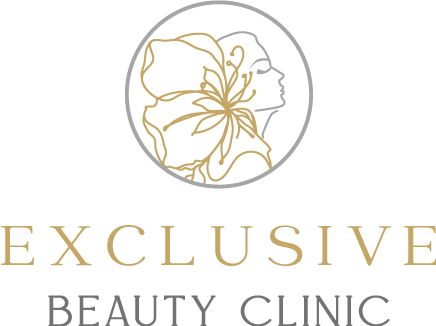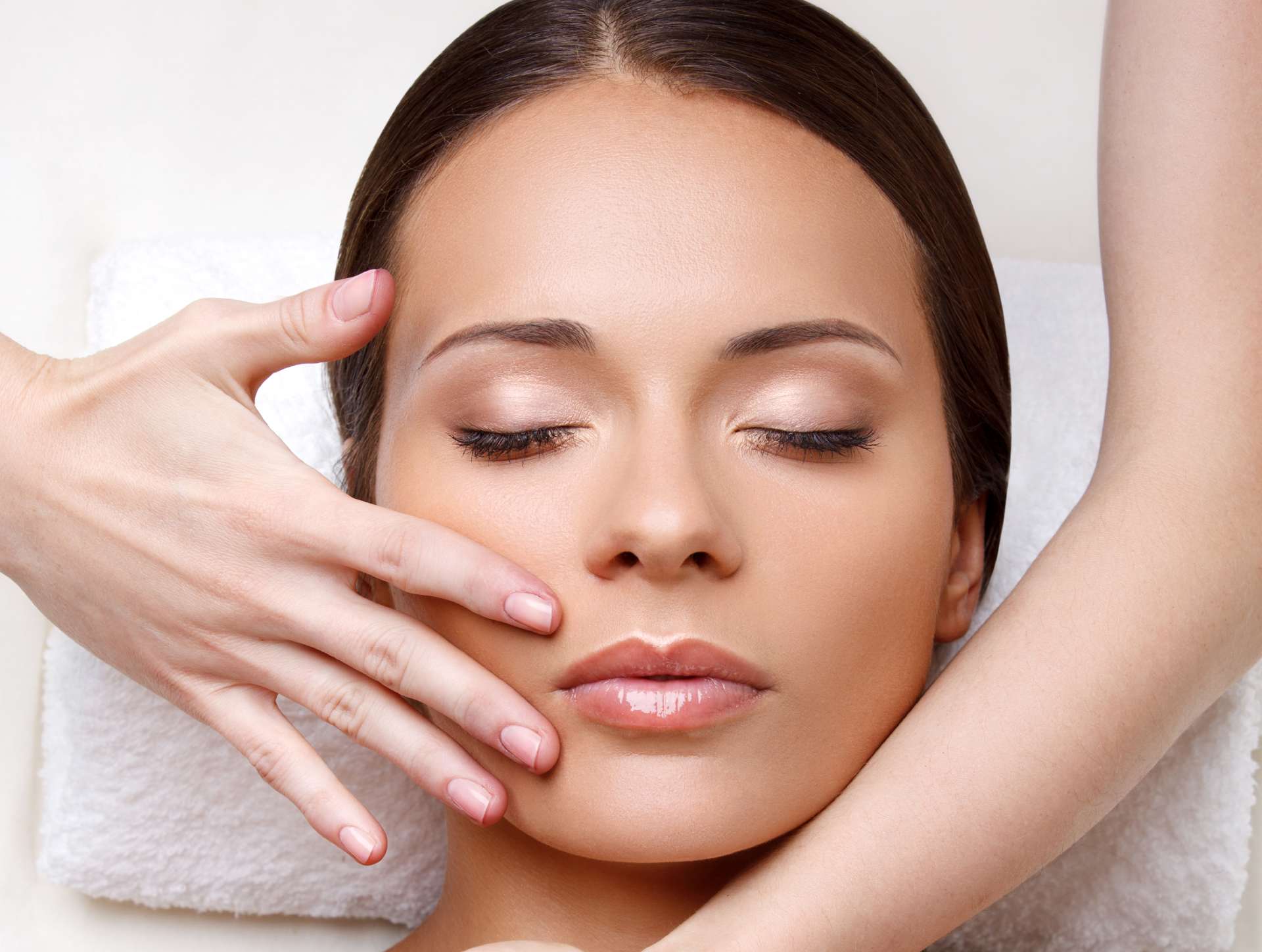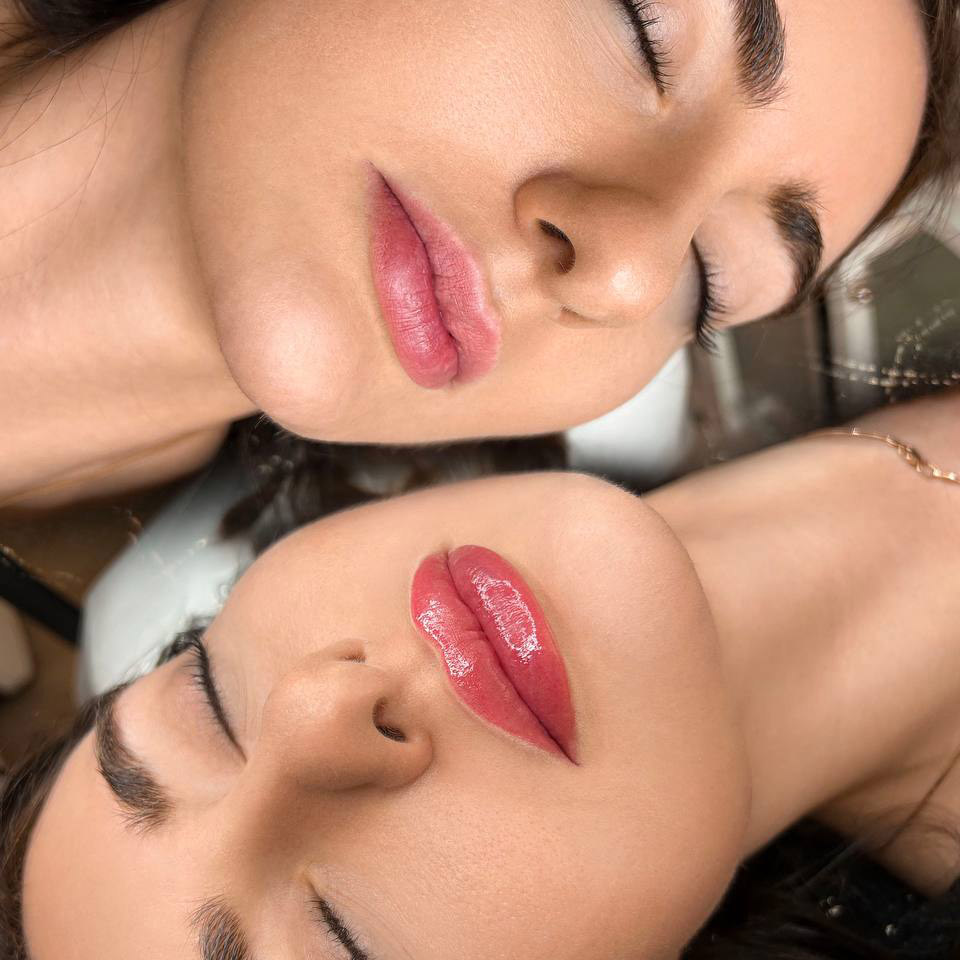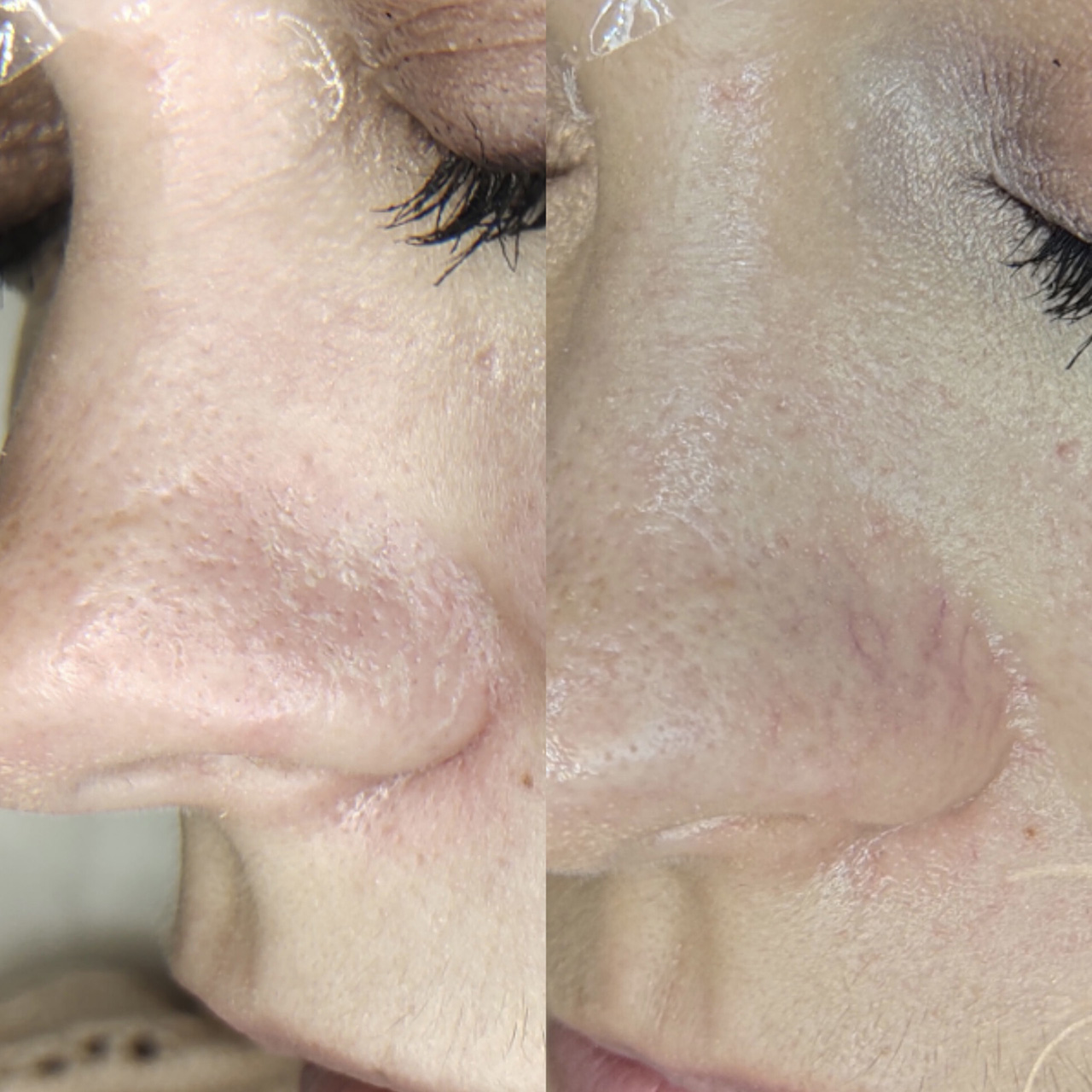Radiofrequency (RF) facial lifting is a non-invasive rejuvenation method used in cosmetology to achieve skin tightening and reduce subcutaneous fat tissue volume. This procedure relies on controlled application of electrical waves to the subcutaneous fat cells.
Effects of the procedure include:
- Improvement in skin texture and elasticity
- Increased skin firmness
- Treatment of post-acne scars and enlarged pores
- Reduction of wrinkles
- Lifting effect
RF facial lifting allows for:
- Diminishing nasolabial folds
- Correcting facial contour
- Lifting in the cheek and jawline areas
- Addressing post-acne spots
- Tightening and improving skin tone
- Treating cellulite
- Reducing fat deposits and skin laxity on the body (thighs, buttocks, abdomen)
Advantages include:
- Non-invasiveness: the procedure doesn't leave scars or create potentially harmful conditions
- No special preparation or rehabilitation required
- Year-round suitability due to minimal involvement of the epidermis
- Quick action with visible results after a single session, which accumulate over the course of treatment
- Precise targeting of specific areas
- Applicability to the entire body
- Compatibility with comprehensive anti-aging regimes
Indications for RF facial lifting:
- RF facial lifting can be done for any patient experiencing initial or moderate signs of skin aging. It can address various cosmetic concerns such as:
- Sagging of soft tissues due to gravity: jowls, sagging facial contour, double chin
- Aging of eyelid skin: drooping upper eyelids, periorbital wrinkles
- Post-acne pigmentation spots
Contraindications include:
- Pregnancy, breastfeeding
- Malignant tumors at any site
- Severe hormonal or endocrine disorders
- Autoimmune diseases
- Severe hypertension
- Acute infectious processes in the body
- Dermatoses
- Skin damage in the area of intended treatment
- Age under 25 years
Frequency of the procedure:
RF facial lifting provides long-lasting effects, requiring treatment repetition once or twice a year. Each course typically consists of 4 sessions lasting 15-20 minutes each (depending on the mode and body area, sessions can last up to 2 hours) for clients under 50 years old, and around 6-8 procedures for menopausal clients, due to hormonal changes leading to more pronounced skin changes.
There should be at least a 10-day interval between sessions of the same course (this interval can be extended to two weeks, but should not be shortened).




